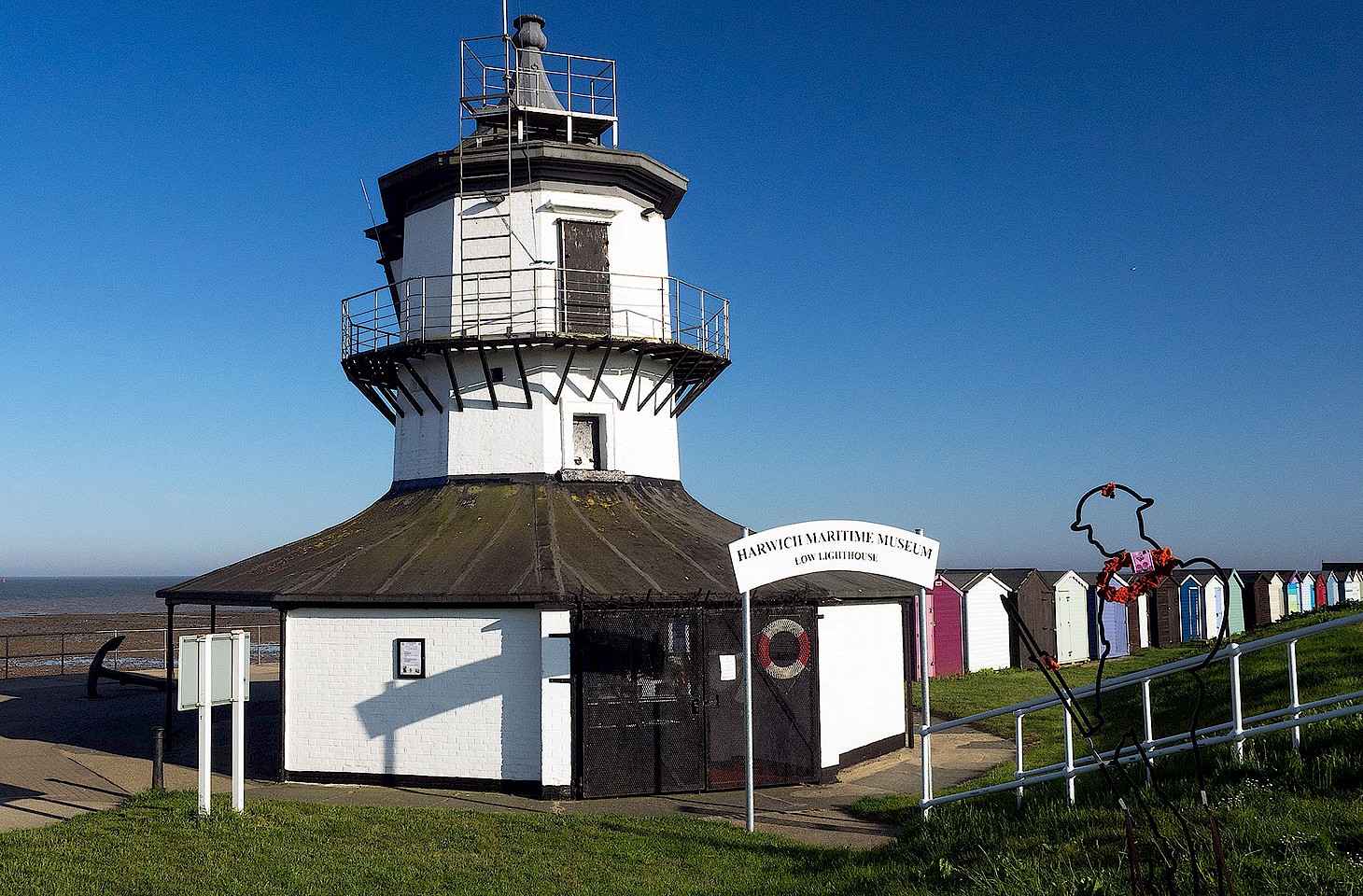The extensive heath at Lüneburg is a fine example of the kind of lowland heath that was once so common across northern Europe and the continent’s Atlantic littoral. There is a rich mosaic of heathland habitats, generally characterized by dwarf shrubs like heathers and gorses. England has in the Breckland region of East Anglia and the New Forest two especially rich lowland heaths.
hidden europe 65
European heathlands
by hidden europe
Summary
Dedicated teams of scientists and conservationists are working to preserve Europe’s lowland heaths. The threats to these endangered habitats are many: creeping urbanization, the conversion of traditional heathland to cropland and the planting of conifers.
The old town of Harwich, a port in the county of Essex on England's North Sea coast, is tucked away on the end of a peninsula. Maritime connections have shaped the development of Harwich. It's a place for sea breezes, rock oysters and watching the ferries come and go.
mapping the special appeal that remote island communities have held for filmmakers: Whisky Galore!, Stromboli and more
hidden europe explores a little moment in cinematic history that led to a Hebridean island getting its first proper road




